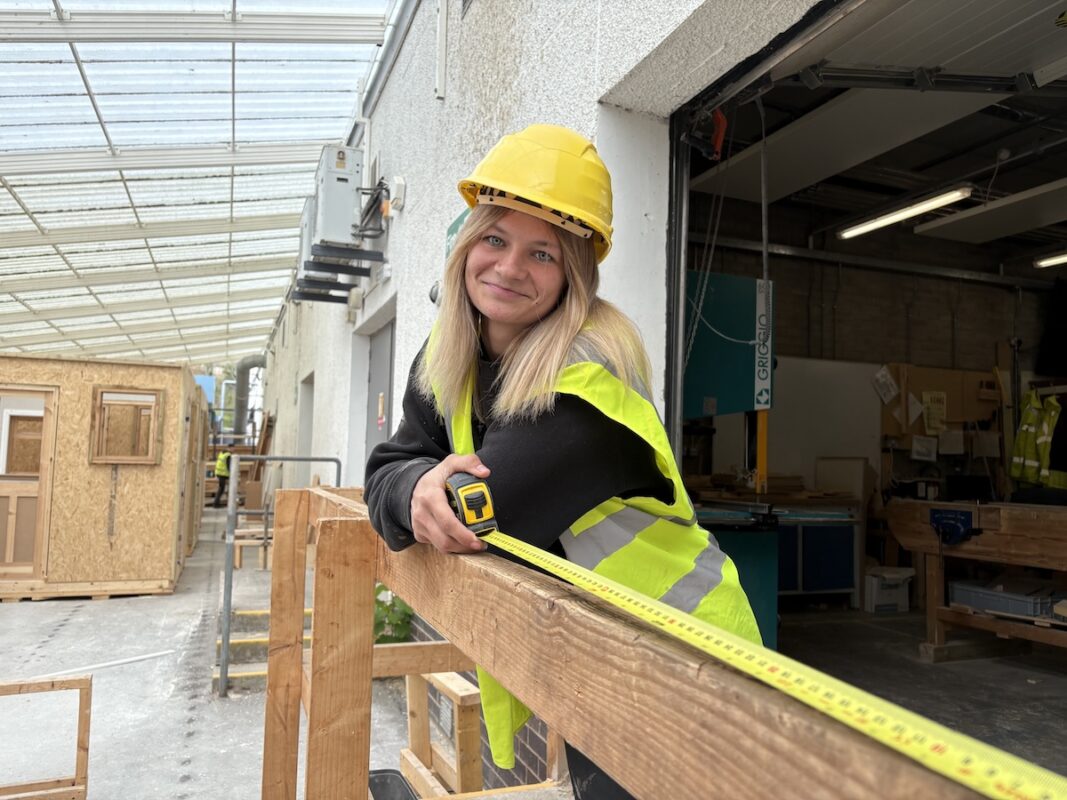Student experience in a digital age; how the cloud is enabling holistic learning experiences

University class and lecture attendance has fallen dramatically post-lockdown, and even those attending seem less engaged. As a result, many universities are concerned not only about the impact on academic success but also about students missing out on the vital interactions and social support in-person learning offers. However, encouraging students to campus is becoming harder, even though students themselves champion in-person learning; over half want to learn ‘mostly in-person’, while two-thirds prefer blended in-person and online teaching.
While technology-enabled a greater shift to remote and on-demand learning during lockdown, it is no replacement for in-person learning experiences.
But, when students are dealing with various demands on their time and resources, there is a need to prove the worth of attending campus while supporting changing needs. Many commentators have asked whether the lecture hall is dead, but the evidence suggests the answer is a firm ‘no’. A fully online future for FE and HE is neither realistic nor wanted – neither by students nor educators. Blended approaches, however, can meld the best of both worlds, where the right strategy and technologies can help bridge the gap between in-person learning experiences and remote learning.
Upgrading the post-pandemic cloud
Colleges and universities were forced to change due to the pandemic. Without the ability to hold in-person lectures and seminars, platforms such as Zoom and MS Teams presented themselves as learning lifelines. The rapid adoption of cloud technologies to support this shift has provided the impetus for continued innovation. The transformative mindset forced upon universities by the pandemic can now be capitalised on to spur even better experiences, both on-and off-campus.
Such an approach relies on the cloud to provide a rich, connected learning environment where students have access to an ‘always-on’ syllabus, alongside integrated digital information resources and seamless communications tools – all of which provide enhanced experiences in the classroom and beyond.
This means going beyond basic cloud provision to incorporate digital innovation designed to enhance the student experience, no matter the location. It’s no longer enough to offer online seminars through MS Teams but about creating immersive and engaging digital learning environments that can provide seamless engagement and communication across multiple touch points.
Research suggests that cloud capabilities can help to reduce student churn by around a third, by focusing on a holistic student experience. For example, removing the boundary to attendance and ensuring that students receive the same experience on-site, at home, in halls, or overseas. Such agile learning can only be powered through the cloud, and universities, therefore must consider investment in cloud-first transformation. The learning is, do not do away with the cloud journey now that the demands of lockdown are done. See it as a springboard.
Omni-channel student experiences
Implementing an immersive and engaging digital learning environment can provide seamless student, lecturer, and staff communication across multiple touch points. One of the key benefits of a sophisticated, cloud-first approach is the ability to capitalise on multiple communication channels with students, using data to drive personalised learning and student experiences. Whether online, via social media, IM, or by telephone, communications technology can help to cost-effectively simplify student contact, expand channels, and increase digital communication, providing instant access to information that can help personalise interactions.
Students now expect the same experience with their education provider that they enjoy with commercial brands and services, which can only be achieved by harnessing data and applying it within connected, cloud-first platforms.
Looking to the future; it’s closer than you think
By investing in cloud infrastructure now, universities can build the foundations they need for the future, where digital learning and communications technologies continue to advance. For example, Virtual and augmented (VAR) technology is in the early stages of adoption in education, with immersive technologies facilitating learning via 3D models and interactive 360° videos. Not only can this provide for highly engaging learning experiences, but also enables greater accessibility across a range of needs.
With the development of the Metaverse, there may be a time when students can interact with educators in an online world. As described in rich detail by the education thinktank, The Brookings Institue, “The metaverse is upon us. Soon it will be as omnipresent as TikTok, Instagram, and Facebook (now Meta)… Make no mistake that the metaverse is coming.”
Having the foundation of a strong, adaptable and agile cloud infrastructure in place makes any implementation of next-generation technology a matter of upgrading rather than reinventing. When it comes to education, and to student expectations, change is constant.
Generation Alpha, now in their early teens, have grown up immersed in technology and the online world. They will expect their higher education experiences to mimic, if not exceed those they have grown up with.
None of this means the lecture hall or campus will cease to exist. As reiterated by Brookings, the metaverse and other technology-enabled learning experiences will not replace in-person collaborative and social learning but will enhance it. Whether it is always-available support, online and interactive learning experiences, cloud connectivity, consumer-style apps, or Metaverse-enabled laboratories, educators must prepare the groundwork now for the near future.
By Fraser Sutherland, Head of Government & Education at Maintel











Responses